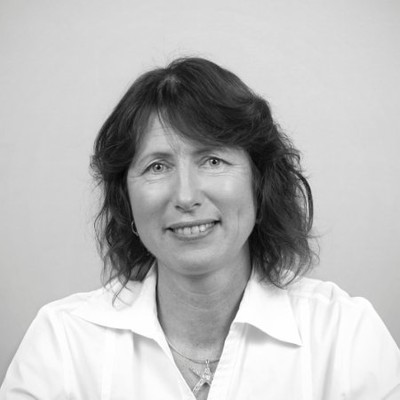
Always striving for better
Sometimes, an outside-in perspective is just what is needed to complement a team and that was precisely what Cath Kingston brought to the table when she joined the Health Research Foundation – Hawke’s Bay as a volunteer ten years ago.
Cath’s horticultural sciences degree, paired with a natural passion for pairing knowledge of plants with science, set her up for a shining career in plant research. Now at Food & Plant Research, she is the pinnacle on the operations side, ensuring everything is in place to enable science to evolve: ‘The variety of my current role, and the ability to see people make progress in their work, is the greatest joy for me. Being a part of the development of new cultivars and creating solutions for problems that growers have – it’s very exciting.’
When Cath joined HRF-HB, it wasn’t medical expertise that she brought to the table. ‘A colleague of mine had been invited as the foundation was explicitly seeking someone with the expertise of assessing research applications. My colleague did not have that skillset, but I did. So I joined!’
Ten years on, Cath chairs the assessment committee for the foundation. Beside Cath, this committee is made up of Professor Anita Jagroop-Dearing, Dr Rob Leikis and Dr Paul Hendy. This mix of science, research and medical expertise ensures a balanced and well-grounded assessment of applications: ‘There is the scientific point of view, such as the current leptospirosis study that aims to assess the impact of the cyclone on the development of this disease, and then there is the community impact projects, such as the Patu projects and the anti-vaping study. We look to achieve a well-balanced mix of such projects to touch upon a multitude of impactful subjects in Hawke’s Bay. As I am not a medical expert, I look at applications from an impartial, scientific point-of-view. Our overall aim is to encourage good applications that benefit the local community and people’s health in general.’
When assessing applications, Cath and the other assessment committee members carefully consider key criteria: the size of the problem, the approach of the study proposal as well as its robustness. Further factors of influence are the research team involved, the communities to benefit from the study outcome and finally: how does it stack up to other applications submitted? The assessment committee looks for a sensible blend of science and community.
Cath hopes to see the available funds grow in the years to come, as this would enable funding larger and a wider range of studies: ‘We are always looking for better ways to do things and benefit the community as well as the environment. We should not accept that the status quo is the best way. Investing in ways to improve people’s life and the environment we live in is what it is all about.’
